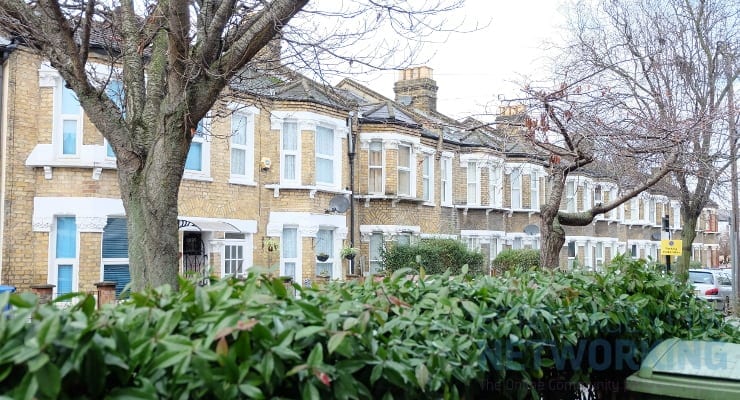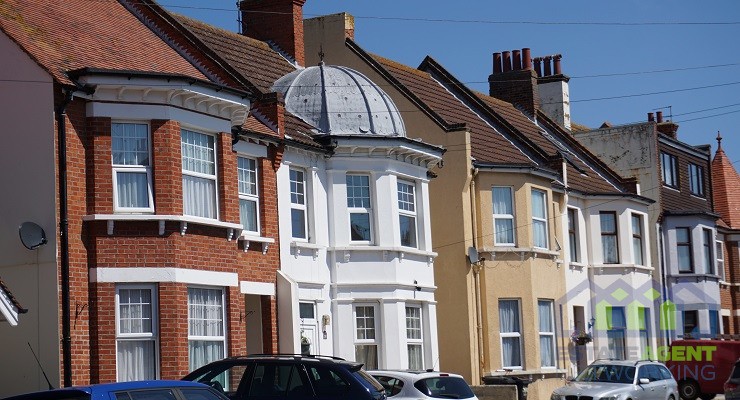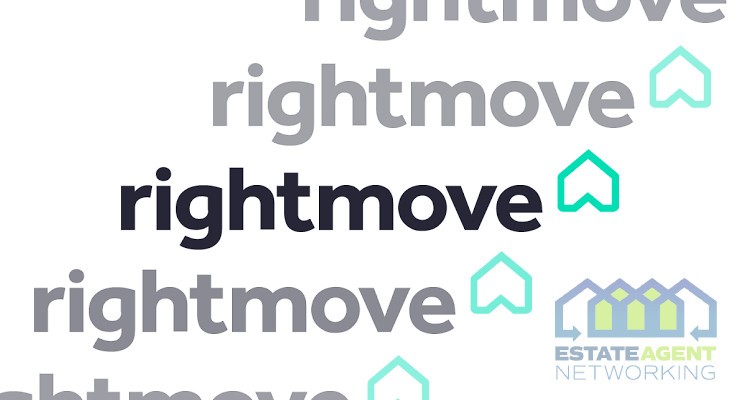Stamp Duty Land Tax Surcharge (SDLT) for second homes: Can my main home be affected?
The law on Stamp Duty changed back in April 2016. Now, if you are buying a property in addition to your home, you’ll be paying an extra 3% SDLT over and above the normal rate. The rate will apply to anyone purchasing an additional residential property worth at least £40,000 and includes buy-to-let investment property and holiday homes, though mobile homes, caravans and houseboats are exempt.
In many cases, your main residence may also be affected. What’s more, even if you own only a share in another property, either here or abroad, that’s worth more than 40K, you will be required to pay the extra tax.
Stamp Duty changes in 2014
Interestingly, the rules regarding regular Stamp Duty also changed a few years ago. Before the 2014 Stamp Study overhaul, the tax was levied on the entire purchase price of the property. Now, it is charged on a tiered basis, so that you only pay the higher rate on the slice above any threshold – a bit like income tax – which can lessen the tax burden.
Take the example of a 300,000 first home purchase. Under the old system, the entire amount would have been taxed at the rate of 3% (= £9,000). Under the new regime, nothing is paid up to £125K, then 2% is levied on the next £125K (£2,500) and 5% on the remaining £50K (£2,500), giving a new lower total tax liability of £5,000.
Additional stamp duty for second homes
Unfortunately for many second home or investment property buyers, the new surcharge that came into force in 2016 is a slab tax, meaning the additional 3% loading is applied to the whole purchase price. Using the example above as a second home purchase, you would be paying 8% tax on a £300,000 property – a whopping £24,000.
The table below explains the new rates. To get the exact figures for your next property transaction, you can use this handy Stamp Duty Calculator.
| Property price (£) | SDLT rate for first property | New SDLT rate for additional property (+3%) |
| 0-125,000 | 0% | 3% |
| 125,000-250,000 | 2% | 5% |
| 250,000-925,000 | 5% | 8% |
| 925,000-1.5 million | 10% | 13% |
| 1.5 million + | 12% | 15% |
Source: Gov.uk
Can my main residence be affected?
In a word, yes it can. To qualify as your ‘main home’, the property must be the one you live in permanently, and this is something you need to prove to HMRC by way of electoral register, your local GP, local schools etc. Your main home is more than a property you merely own. Unlike for the purposes of, say, Capital Gains Tax, you cannot ‘elect’ your main residence.
When you come to sell your home, and regardless of how long you’ve lived there, there are three broad scenarios that you might find yourself in:
- If you are buying a new home at the same time as selling your old one, there will be no surcharge to pay, even if you own additional investment property. The transaction only affects your main residence.
Replacing your main residence does mean that the previous one will have to leave your ownership. If you have an investment property but live in rented accommodation or with your parents, and then decide to buy a flat to live in, the surcharge will unfortunately apply.
- If you are buying a new home as your main residence but you haven’t sold your existing home yet, you will also have to pay the surcharge at the point of purchase. However, you do have a period of 36 months in which to dispose of your previous home and claim back a full refund of the additional 3% stamp duty.
Refund applications must be received by HMRC within 3 months of the sale or, if later, with a year and 30 days after completion.
- If you are buying a new home as your main residence after selling your previous main home, there will be no surcharge to pay unless you also own other residential property.
From November 2018 onwards, a new 36 month grace period is due to be introduced during which the purchase of your next main home won’t be subject to the additional tax as long as you’ve sold your previous former residence within 36 months of buying the new one.
If you are returning home after living abroad and/or owning property in another country, this may well help you with the purchase of a ‘stop gap’ home without being liable to the SDLT surcharge.
Of course, every individual case is different and your personal circumstances may throw up some unusual or complex scenarios that are best dealt with by an experienced residential conveyancer. Especially in non-straightforward situations where it may be possible to claim the tax back, or avoid the surcharge altogether, it’s important to consult an expert who fully understands the new tax regime.






